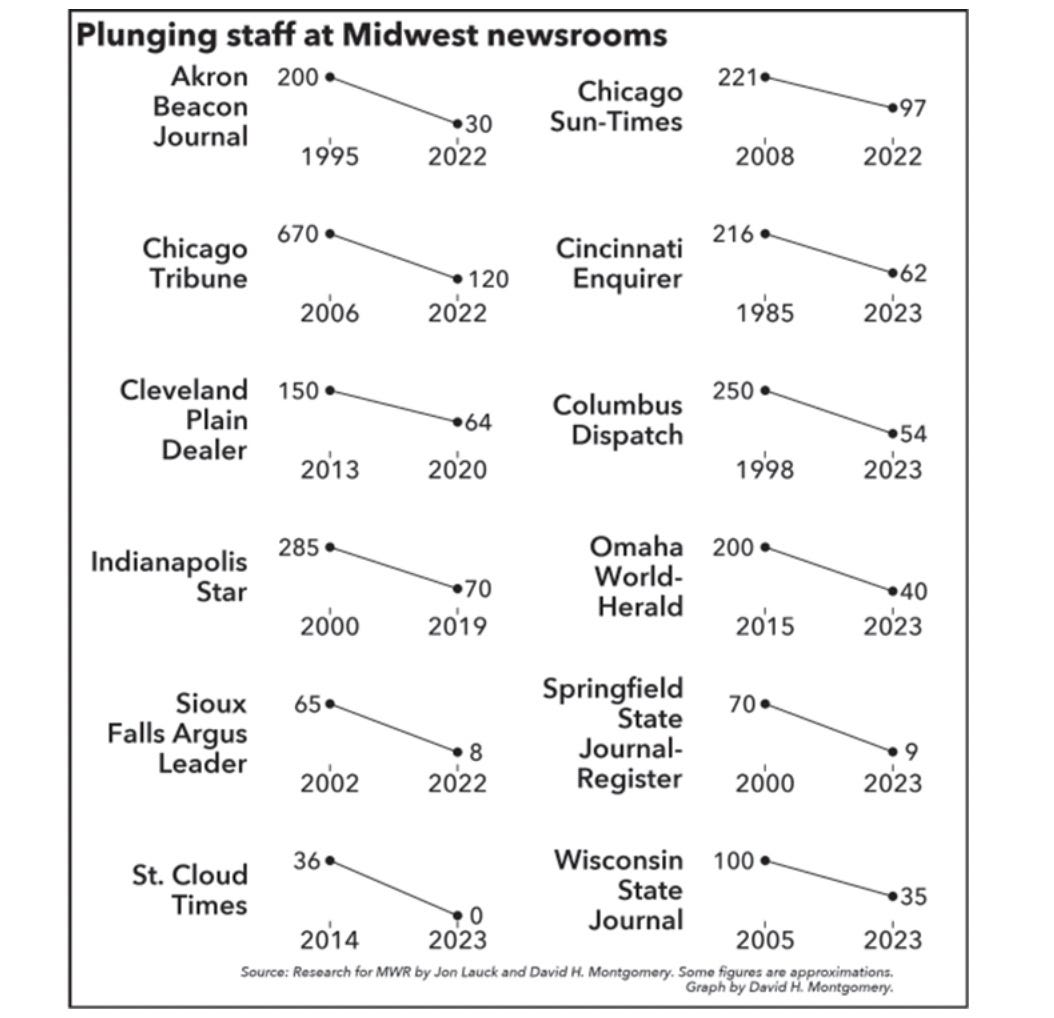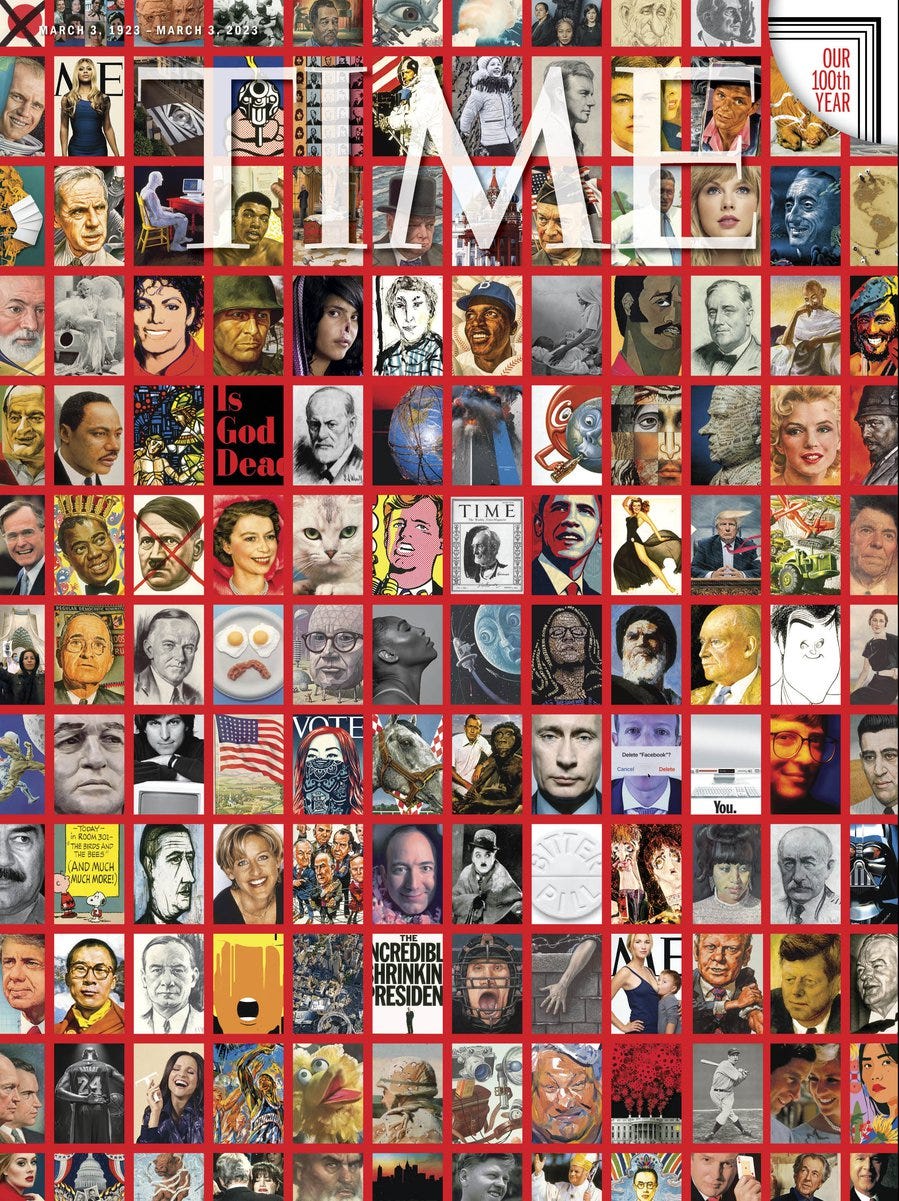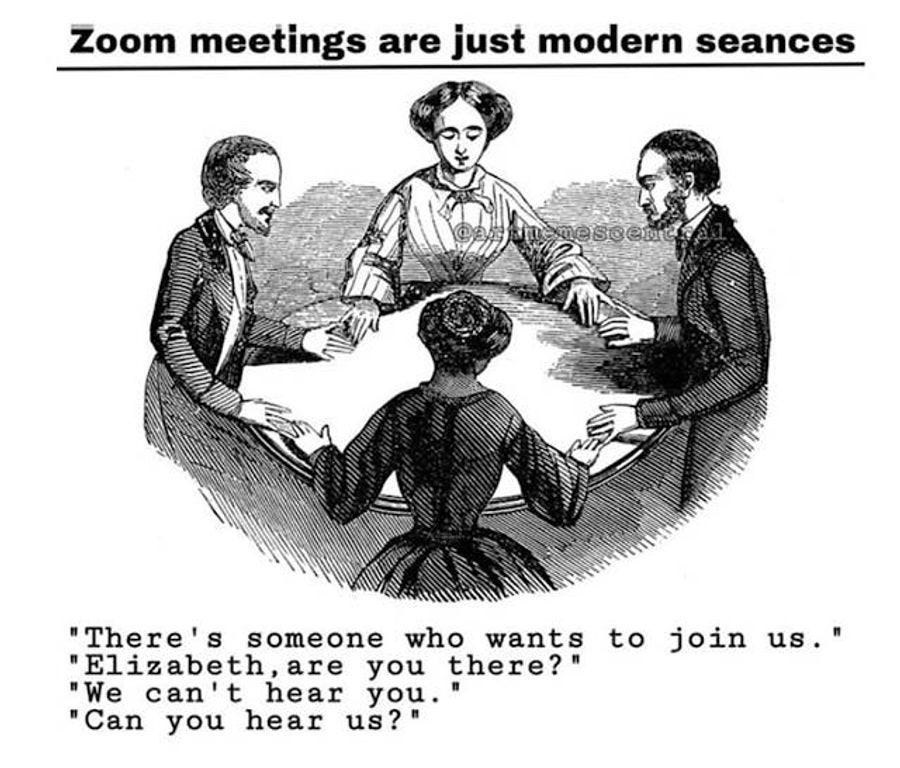Mergers, acquisitions and... Kickstarters?
Or, how I learned to love a shrinking market. Issue #85
I’ve been thinking a lot lately about how transitory cultural touchstones have become. Their lifecycles have become so shortened. Do you remember haunting the aisles of your local indy video rental business? Do you remember going across the street to the much larger, shinier Blockbuster store when it opened up? You might. But you’re also not a teenager or someone in your 20’s. Video rental became a thing in the late 1980’s. Blockbuster declared bankruptcy 2010 and the last 300 corporate stores closed in 2014.
In contrast, the magazine business here in the states has been around since before the founding. Most colleagues my age or older consider the last decades of the 20th century and the first of the 21st as the peak of consumer magazine power. Maybe it’s just fond remembrance but I think that’s pretty spot on.
On the newsstand side of the magazine aisle, the peak potency of the business rose and fell with TV Guide, the “Seven Sisters” of the checkout lanes (Better Homes & Gardens, Family Circle, Good Housekeeping, Ladies Home Journal, McCall’s, Redbook, Women’s Day), and adult oriented titles like Playboy, Penthouse and Hustler. Once those titles shuttered, changed their names, or became diminished entities, magazines at retail went from a “must have” category to a “well, maybe” category.
As industries enter maturity, there are a lot of mergers, buyouts and acquisitions. Some make sense. Some are remarkably odd. Think about K-III, Ziff-Davis’ multiple purchases or the EMAP purchase of Petersen. All that went on in the 1990’s and early aughts.
How often do you see this? Owners, managers and investors who were successful when the industry was on its way up begin to think they have the magic formula. Then the new technology arrives, or the culture shifts and things get, well, “interesting.”
Consolidation in an industry can mean an exodus of experienced (And admittedly sometimes too comfortable) employees. That means the loss of expertise and industry knowledge. It means that professional groups, associations and organizations disappear. In magazine publishing it meant that long standing B2B publishers like Folio gave way and other titles like Circulation Management disapeared. We saw the MPA revise its name, their mission, and then merge with the News Media Alliance.
As a rule, I’m not often a fan of industry mergers. I see it as less competition. More of an opportunity for monopolies and monopsonies to develop. It can be a sign that the industry has matured and the downward spiral is next. Maybe that’s just my own personal experience talking.
But I think the first item covered this week is actually pretty good news. AAM and BPA merging should be a strong, positive message for magazine media.
While we’re at it…Hello March! Welcome to the flatlands. Don’t trick us too much, OK?

one__AAM & BPA complete their merger
Is this really a good thing? Generally I hate to see orgs and corporations merge. It can mean fewer opportunities for service or content. In this case, however, I think it’s a really good thing. It is a recognition that as the magazine media world acquires, merges, combines, and the number of players shrink, the need for an auditing service that is serious, honorable, reasonable and dependable becomes ever more important. We have to insure that advertisers and others are getting the audience they’re told they are promised and be able to prove it.
The staff that works on the publisher facing side of AAM has always been nothing but helpful, friendly and, at least with me and how I work, very, very patient. It’s been many years since I had the privilege of working with the folks at BPA, but I recall them being as helpful and thorough as the folks at AAM.
You can read more about the merger and its completion here.
two__The case for government support of local journalism
….And so we can think really creatively about how credible journalistic organizations are likely to be financially set up according to our journalistic ethics. That sets up not human firewalls but formula-based firewalls that are not describing what journalism is by content, that doesn't make any newsroom beholden to a particular type of content or perspective, but it does describe what is likely happening on the business side if you do credible journalism.
Nowhere in the above article is there a discussion of magazines, radio or television, but that’s fine with me. When it comes to all three, journalism in some form is practiced. I’ve said it many times before: Regional city and state magazines are forms of local news coverage and have a role and can fill the void as newspapers fade away.
No matter how this plays out, as a society, as a democracy, we will be better served if there are excellent, well produced, well funded sources of local news. After all, we don’t really interact directly with the federal government on a daily basis. It’s your town that controls sidewalks, streets, water, ordinances that control noise, leash laws and dog licenses, and all the things that make up daily life. We should know what local office holders are doing in our name. We can always catch our federal representatives prancing around the cable channels and Sunday “news” shows any time.
To add some additional spice to this discussion, check out this review by Project Muse which discusses the “shredding” of papers here in the Midwest. To put this into words: The number of staffers in the Chicago Tribune declined 82%. At the Chicago Sun Times, 56%. At the Springfield State Journal Register, the hometown newspaper of the state capital of Illinois, a city with a population of 113,394, 87%. Let’s phrase that in a different way. There are only 9 newspaper journalists covering the city and surrounding towns of Springfield, IL.
What do you think about that?
three__Hyper local magazine debuts NFC chip promotion
Town Post Network is a group of hyper local magazines based in Kentucky and Indiana. Geist Magazine is the hyper local publication for the Geist area of Fishers, IN, near the Geist Reservoir. The March issue of their publication includes an “Ugly Window” contest and in order to enter the contest, recipients of the magazine can touch the NFC chip (Near Field Communications) embedded in the magazine to their cell phone and be entered to win up to $10,000 in new windows. The chip was placed in 5,000 magazines.
This is a pretty neat trick and an excellent example of providing some serious value to both the readers of the magazine and the advertisers. I’d add that interestingly enough, there was discussion of using RFID technology, the precursor to today’s NFC in newsstand magazine distribution some twenty or more years ago. The project was abandoned as the tech was expensive and hard to use inside a magazine.
Time to pull the dust covers off?
four__Hi Torque to close Road Bike Action and Electric Bike Action
This is some sad news. The trade publication, Bicycle Retailer and Industry News announced that the two publications have laid off staff and plan on shuttering the titles.
Hi-Torque is a multi title publisher of such newsstand staples as Dirt Bike and Motocross Action.


five__After a successful Kickstarter campaign, Trails Magazine makes it into print
I love it when a Kickstarter campaign for magazines works out. Probably the most successful one I can think of would be the one for Kazoo Magazine, a magazine for young girls that is about to enter its seventh year.
In this case, Trails Magazine looks to be a quarterly that will exist in print and via subscription. Their only newsstand distribution looks to be in specialty retail.
Your Moment of Magazine Zen!
I hope you enjoyed this newsletter. If you did so, please give it a boost by clicking “Like” and then subscribing. You’ll get a brand new release in your email in-box every Tuesday (Or sometimes Wednesday if things get a little crazy around here).
If you’ve got a question or comment, please drop me a line. You can always reach me at joe.berger@newsstandpros.com.
Want to find me on the social sites?
My Instagram link is here.
I’m now lodged at Post.News and you can find me here on this new app.
Every now and then I put on a suit and tie and comb my hair. Here’s my LinkedIn profile.
Yep, I’m still on Twitter. You can find me here, but I’m not spending a lot of time there and I’ve turned off my notifications.
I hope you have a great week. My your databases make sense, your in box traffic be light and your wifi be strong.








